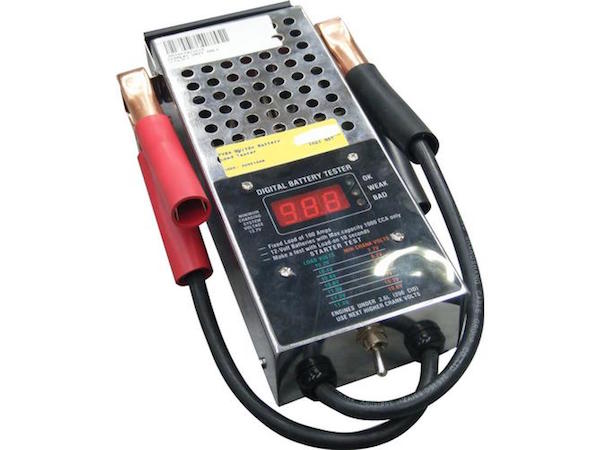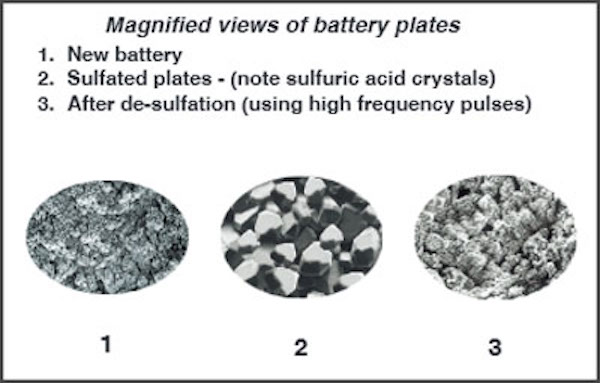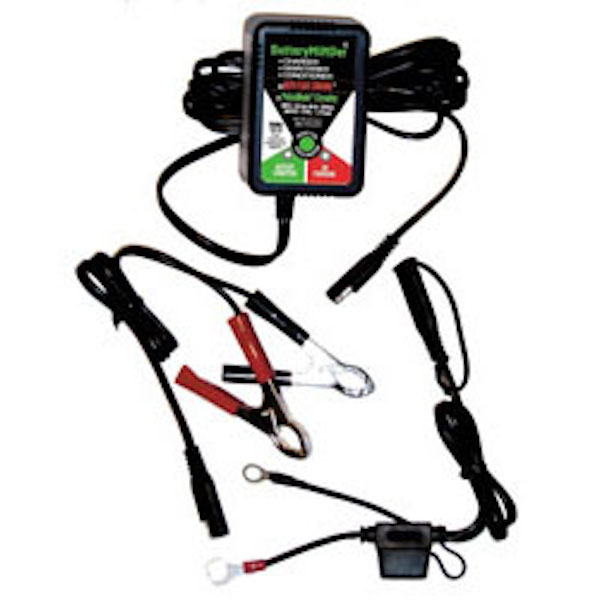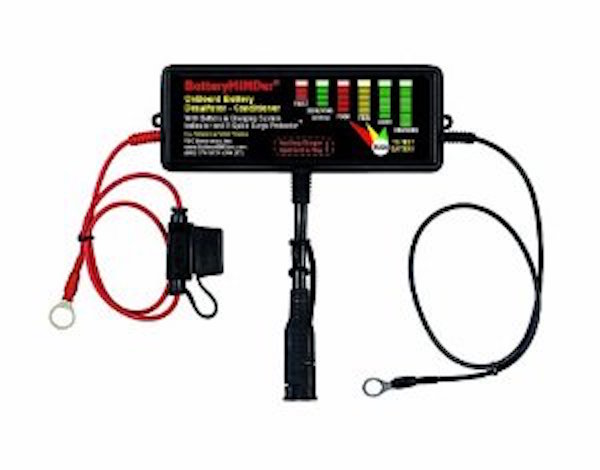Car batteries are a wear item that gets replaced every few years. Hopefully you’ll change it before you get stuck somewhere with a bad battery, which is the leading cause for car breakdowns. Most batteries fail because of sulfation: a build-up of lead sulfate crystals. A sulfated battery can lead to loss of cranking power, longer charging times and ultimately a dead battery that won’t start your car. It’s a sneaky problem as the battery may appear fully charged on a voltmeter but has a low cold cranking amps. You can test this with a load tester - this is a picture of something very similar to what I use:

So what does this have to do with a “battery minder system” mentioned in the article title? Battery Minder is a brand I’ve been using for several years now that addresses the root cause of battery failures by reversing/preventing sulfation. It connects to the battery and sends sulfation-breaking frequency pulses. I’ve read reviews about it and gave it a shot: now years later I must have about a dozen Battery Minder chargers currently connected to 12v batteries for cars, a power generator, a riding lawn mower, a motorcycle and even some spare batteries.
Here’s a picture from Battery Minder showing what sulfation looks like in a magnified view. Sulfation crystals form on the internal battery plates and the frequency pulses help break it down to help restore it:

While I personally haven’t confirmed these magnified views (sorry, I don’t want to experiment with batteries and tear them apart), I’ve observed longer life spans which pays for the chargers themselves vs buying new batteries sooner. For example, a motorcycle battery would last me about 2-3 years. After leaving it connected to a Battery Minder when not in use I’d get about 4-5 years out of it. Some car batteries have lasted me 7-8 years before I’d phase them out as preventative maintenance. I compared this once to a standard float charger and didn’t observe much if any improvement on battery life span. Note that my findings are observational and interpretive as I wasn’t looking to do some empirical study with enough data to provide statistical significance.
I use 2 types of systems:
Wall Charger Desulfator
This is where the device plugs into a 120v home circuit and the charger connects to the car’s battery. I do this for every vehicle I’m able to store inside somewhere with a 120v power outlet nearby. It includes a quick detach connector so it’s easy to disconnect/reconnect when I decide to take the vehicle out for a drive. This past winter I was able to successfully leave a truck plugged in even though it was outside on the driveway by parking it near a garage door and routing the charger’s wire such that the garage door closed over it to seal out old man winter from entering the garage.

On-Battery Desulfator
This is where you attach the device near your car battery (I use nylon zip ties) and leave it connected to the car’s battery. I buy this for every vehicle that usually isn’t parked inside so that I’m not always trying to route a wall charger underneath a close garage door since doing this often may get annoying. Note that desulfation only occurs when the car is running so if it sits outside for a while it isn’t doing its job, but if you’re driving it often then it helps extend battery life. What’s nice about this device is that you can easily connect a wall charger to it via the quick detach connector so you get the benefits of desulfation while on the road driving and when you’re connected to a wall outlet (this is how some of my vehicles are set up).

In summary, desulfation has worked for me and have extended my batteries’ life spans. Battery Minder is what I use but there are other desulfator brands out there. I tried bringing dead batteries back to life and some worked while others didn’t, but I’d really only go this route if the battery won’t leave me stranded in some distant city (like a riding lawn mower: worst case I can push it back to the shed).











